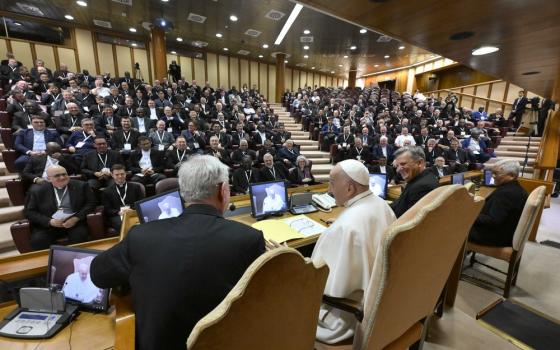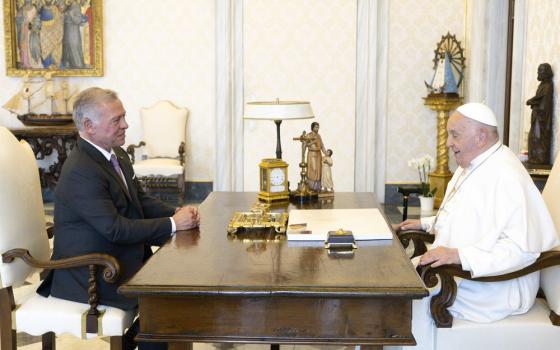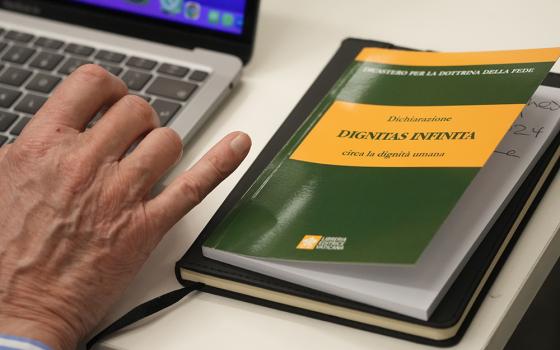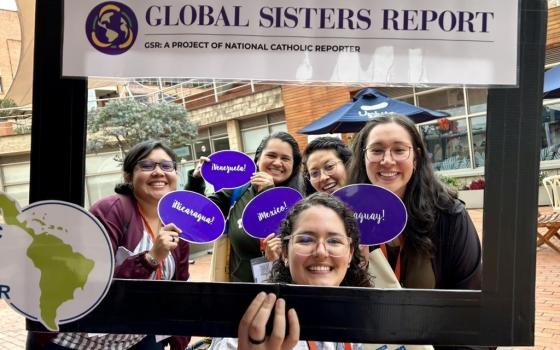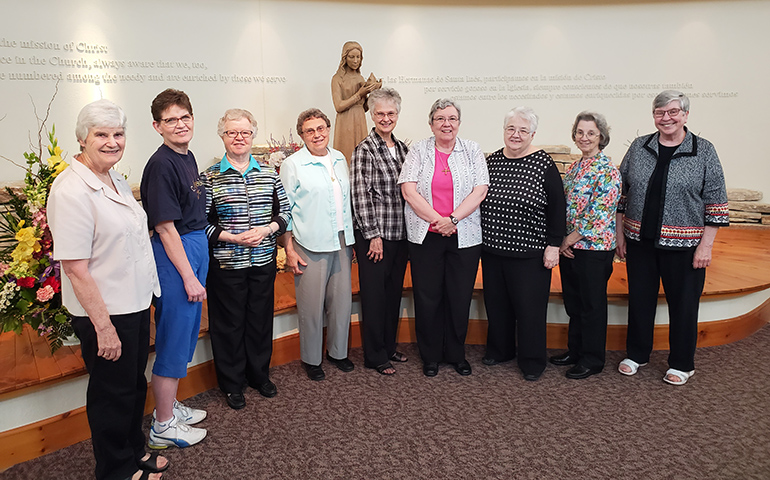
Congregational representatives of the Wisconsin Religious Collaborative (Provided photo)
The questions for women in religious communities facing decline are ceaseless. How do we provide for our elderly members? How do we shut down a mission central to our identity as a congregation — or pass it on to laypeople? How do we grieve the deaths of friends, which often seem to come in waves, and keep hope alive?
Remarkably, leaders and observers say, while there had been times of sadness as colleagues died and ministries were reconfigured or surrendered, women religious have not been overwhelmed. Instead they have brought skill, resilience and profound faith to the task of planning for their individual and corporate futures.
"I'm big into the Providence of God," said Sr. Gladys Guenther. She was congregational president of the Fremont, California-based Sisters of the Holy Family from 2007 to 2017, during which her community made several consequential decisions. They decided to maintain their separate identity rather than merge, to demolish their motherhouse and build aging-friendly cottages, and to endow a new nonprofit trust to preserve the historically significant central park area and make it available for public use.
In November 2018, they punctuated their process with a signed governance covenant with the Sisters of the Holy Names of Jesus and Mary, an international order with a U.S.-Ontario province based in Oregon.
The choices women's religious groups are making as they wrestle with handing over ministries and providing for their senior and middle-aged members are the fruit of decades of reflection on the viability of the current congregational model — one dependent on recruiting new, and younger members. That way of forming community, at least in the United States, looks increasingly uncertain.
Options for religious groups in flux can include becoming part of another community, merging one or more congregations into a new one, or entering a governance covenant with one or more bodies keeping their separate identities. This last model has been given an intriguing incarnation in the nine-community Wisconsin Religious Collaborative. Concerns about the congregation's status in canon (church) law and government law also have to be addressed.
"It's not like we sat down one day and talked about completion," said Guenther. "We noticed that we weren't able to recruit and maintain new sisters, and that we were getting older, but we were involved in ministry and in our lives and thought it will turn around."
But about 2009, she said, they made the decision not to accept any applicants, having not had any new sisters apply or stay. "So, it was more of an affirmation of reality than a decision to close the door to new applicants."





